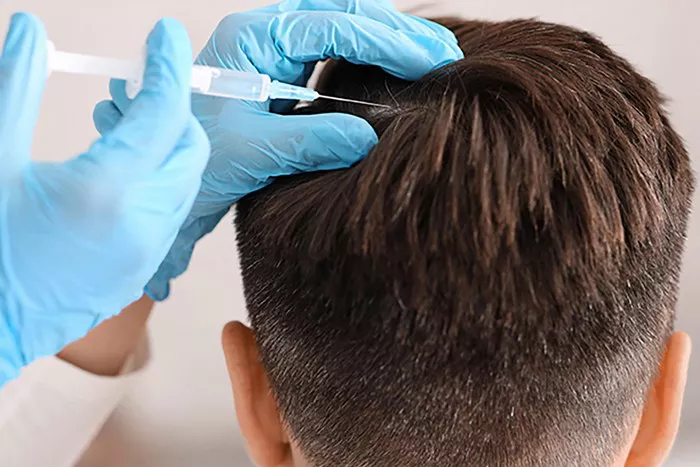The prospect of a hair transplant often raises concerns about the necessity of shaving the head. However, advancements in the field of hair restoration have made it possible to undergo the procedure without the traditional requirement of a shaved head. In this comprehensive guide, we explore the nuances of hair transplants without head shaving, providing insights into the feasibility, techniques involved, and considerations for individuals seeking this option.
1. Traditional Perception: The Notion of Shaved Heads
Historically, hair transplants were synonymous with shaved heads. This practice facilitated surgeons in accessing the donor and recipient areas with ease, ensuring precision in graft placement. However, evolving techniques have challenged the conventional approach, offering alternatives for those averse to the idea of a shaved head.
2. Follicular Unit Extraction (FUE): Pioneering Shaved-Head-Free Transplants
Follicular Unit Extraction (FUE) is a revolutionary technique that allows for hair transplants without shaving the head. In FUE, individual follicular units are extracted directly from the donor area without the need for a strip of scalp, offering more flexibility in donor site selection and eliminating the need for extensive head shaving.
3. How FUE Works: A Closer Look
FUE involves the following key steps:
Extraction: Individual follicular units are extracted using a specialized punch tool.
Donor Site Variability: FUE allows the extraction of grafts from various donor areas, minimizing the impact on hair length.
Recipient Site Precision: Grafts are meticulously placed in the recipient area, ensuring natural-looking results.
4. Minimal Shaving vs. No Shaving: Tailoring the Approach
In some cases, minimal shaving may be required for optimal results, depending on the number of grafts needed and their distribution. However, advancements in FUE techniques have made it possible for individuals to undergo hair transplants with minimal to no head shaving, accommodating those who prefer to maintain their existing hair length.
5. Considerations for No-Shave Transplants: Hair Length and Graft Distribution
Achieving successful no-shave transplants depends on factors such as:
Existing Hair Length: Longer existing hair allows for better concealment of the transplant during the initial healing phase.
Graft Distribution: Strategic planning ensures that the transplanted grafts blend seamlessly with the existing hair.
6. The Pros and Cons: Weighing the Options
Pros of No-Shave Transplants:
Aesthetically Appealing: Maintains the individual’s preferred hairstyle throughout the process.
Reduced Visibility: Healing and initial growth are less noticeable, allowing for a more discreet recovery.
Cons of No-Shave Transplants:
Limited Graft Placement: The technique may be less suitable for individuals requiring a high number of grafts.
Challenges in Visualization: Precision during graft placement can be more challenging without a shaved head.
7. Surgeon’s Expertise: Critical for Success
The success of no-shave transplants hinges on the surgeon’s expertise. A skilled and experienced surgeon can navigate the complexities of graft placement, ensuring natural-looking results while accommodating the individual’s desire to maintain existing hair length.
Conclusion:
In conclusion, the traditional notion of hair transplants requiring a shaved head has been revolutionized by the advent of techniques like Follicular Unit Extraction (FUE). Individuals now have the option to undergo hair transplants without sacrificing their existing hair length, thanks to advancements that allow for minimal to no head shaving.
While no-shave transplants offer aesthetic benefits and a more discreet recovery, it’s essential to consider individual factors, such as existing hair length and graft distribution. Consulting with a skilled surgeon is crucial for determining the most suitable approach and achieving successful, personalized results tailored to individual preferences. The evolving landscape of hair transplant options ensures that individuals can choose a method that aligns with their aesthetic goals and lifestyle.
How Long After Hair Transplant Can I Use Hair Products

